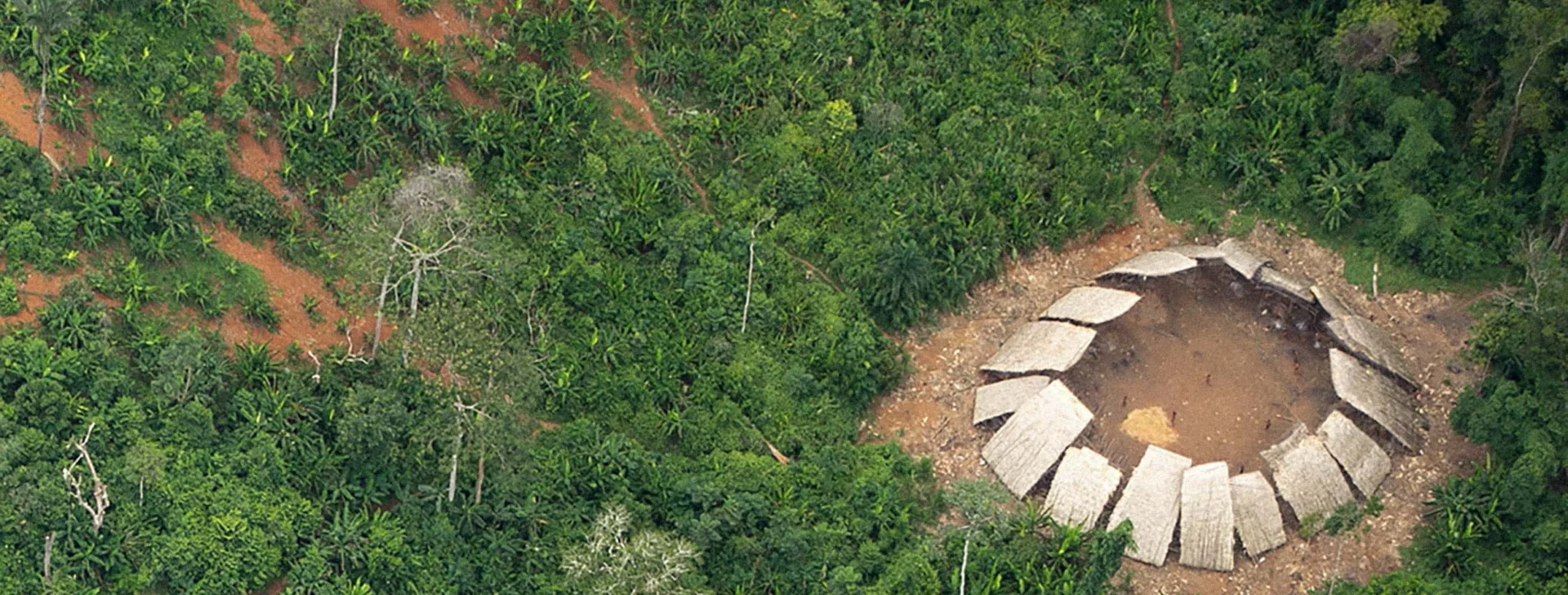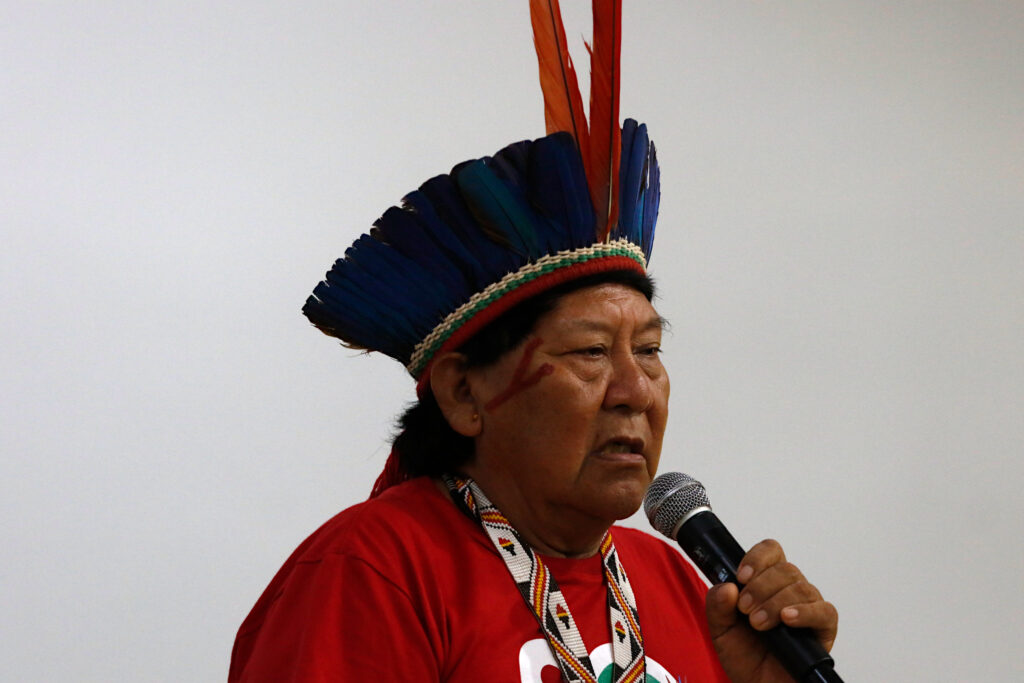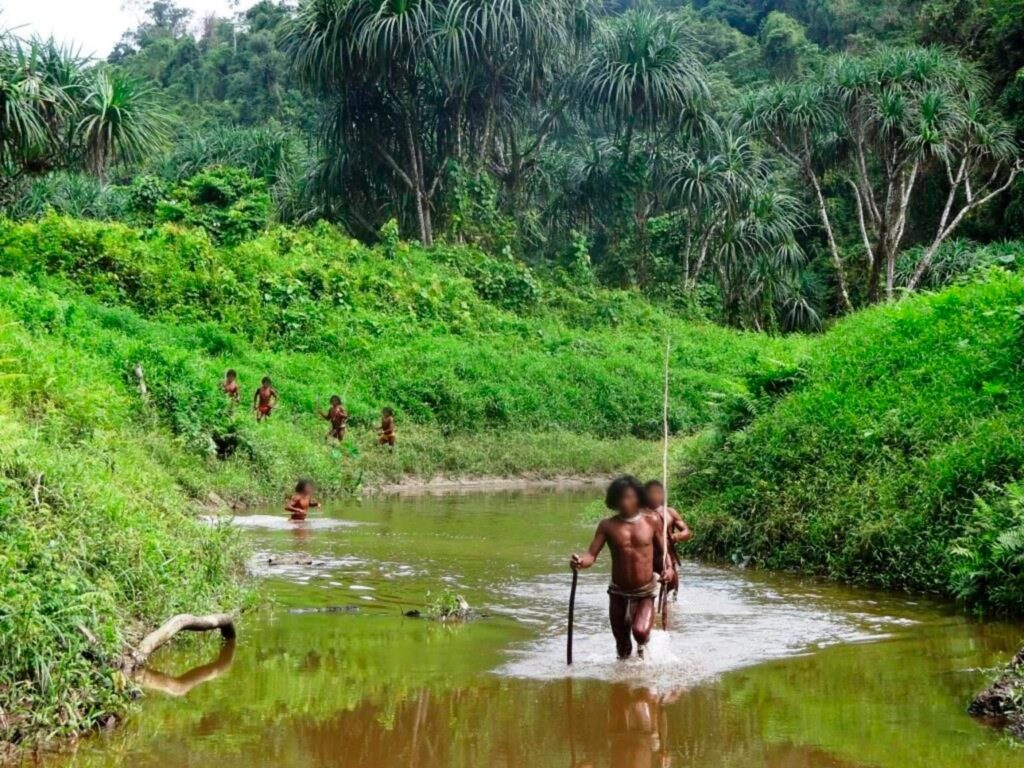Half of the isolated Indigenous peoples could disappear within 10 years
31 de October de 2025

By Fred Santana – From Cenarium
MANAUS (AM) – The organization Survival International released, on Monday, the 27th, the report “Frontiers of Resistance: The Global Struggle of Isolated Indigenous Peoples,” the first worldwide study dedicated to these populations. The document reveals that there are at least 196 isolated Indigenous groups and peoples living across ten countries in South America, Asia, and the Pacific, 124 of them in Brazil alone.
The report warns that up to half of these peoples could be wiped out within the next ten years if governments and corporations do not act immediately to guarantee their territorial rights and the principle of “no contact.” The report was presented in London and featured the participation of Indigenous leaders such as Lucas Manchineri and Maipatxi Apurinã from Brazil, Herlin Odicio from Peru, and actor Richard Gere, a supporter of the cause.
According to the study, isolated Indigenous peoples consciously choose to reject contact with the outside world, a decision rooted in past experiences of invasion, epidemics, and violence. They live autonomously and self-sufficiently, maintaining a balanced relationship with the ecosystems they inhabit.
The greatest concentration of these peoples is found in the Amazon, particularly in the Yavari-Tapiche region between Brazil and Peru, home to 26 isolated groups. There are also records of their presence in Indonesia, Western Papua, and the Andaman and Nicobar Islands in India.
“The isolated Indigenous person is in his home, he chose that place! The isolated relative is not starving. They have hunting, fruits, nuts. They live well,” said Brazilian Indigenous leader from Roraima, Davi Kopenawa Yanomami, in testimony cited in the report.

These peoples are described as protectors of forests rich in biodiversity, considered essential for mitigating the climate crisis. When not subjected to external attacks, the report says, they thrive.
Mining, agribusiness, and missionaries
The study reveals that more than 90% of isolated Indigenous peoples face direct threats from extractive industries, both legal and illegal. Logging affects 64% of these groups, mining impacts 41%, and agribusiness is one of the main drivers of deforestation in the Amazon and the Paraguayan Chaco.
In addition to these activities, infrastructure projects, criminal organizations, fundamentalist missionaries, and even digital influencers have endangered communities that live without contact.
The report denounces that at least one-third of the isolated groups in the Amazon are currently under direct threat from drug trafficking, which devastates forests and fuels armed violence. Documented cases include “human hunts” in Paraguay, deadly epidemics among the Nahua people of Peru following oil exploration by Shell, and the mass deaths of the Nambikwara in Brazil after the construction of a highway.

“All this land belonged to our ancestors, but outsiders are going to destroy everything. I have a sister among them. That’s why we don’t want the invaders to destroy more of the forest with their excavators,” said Ojai Chiquenoi, from Paraguay.
Violated rights and resistance
The report emphasizes that international law guarantees isolated peoples collective ownership of their territories and the right to refuse contact. Violating these protections is considered a crime in several national legislations. Even so, many governments continue to issue mining and infrastructure permits in protected areas, endangering entire populations.
The Indonesian government, for example, has granted 19 mining licenses on the lands of the Hongana Manyawa people. Meanwhile, the Indian government plans to build a mega-port and a military base on the island of the Shompen, also inhabited by isolated Indigenous groups. In Brazil, political initiatives and so-called “projects of national interest” threaten at least 28 isolated groups.
“If we don’t support their struggle for the forest, my isolated relatives will die. The forest is everything, it’s their heart and their life. My parents and siblings are there. Without support, they will die,” warned a Hongana Manyawa man from Indonesia.
For Caroline Pearce, director of Survival International, the solution is clear: “Respect the choice and resistance of isolated peoples. Governments must recognize their right to self-determination and their land rights. Industries must stop exploiting their territories, and everyone must stay out of their lands.”
The report concludes that the survival of isolated Indigenous peoples depends on the joint action of governments, companies, and civil society, and that their resistance is a struggle for life and for the future of humanity.

